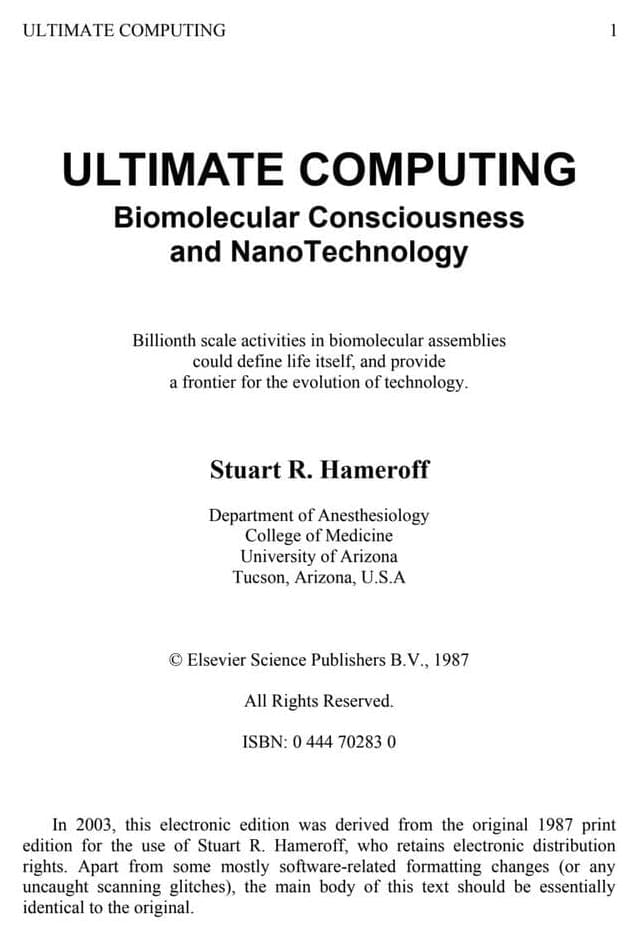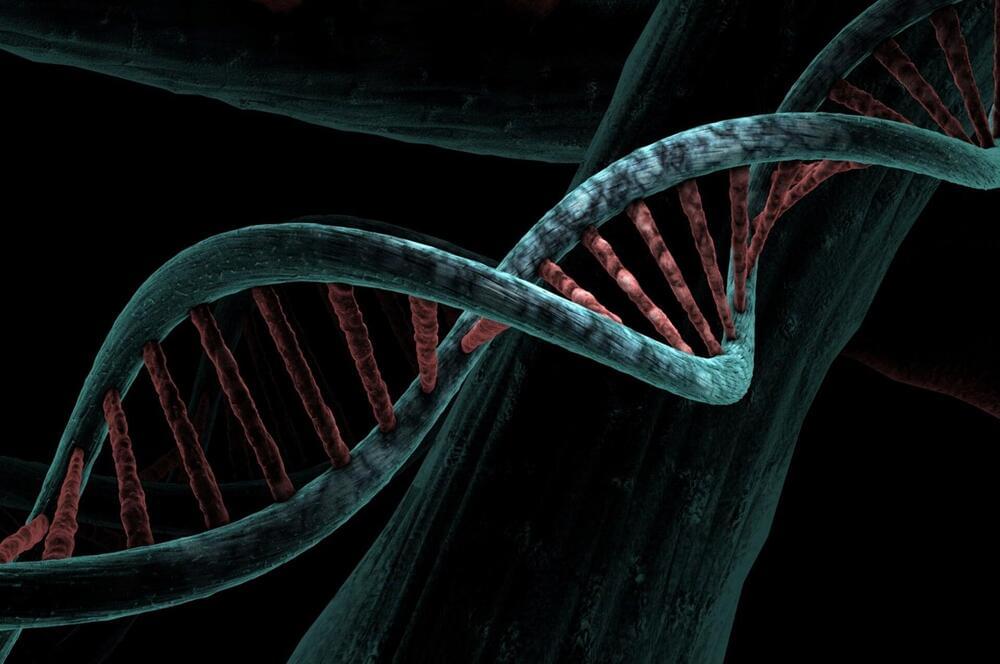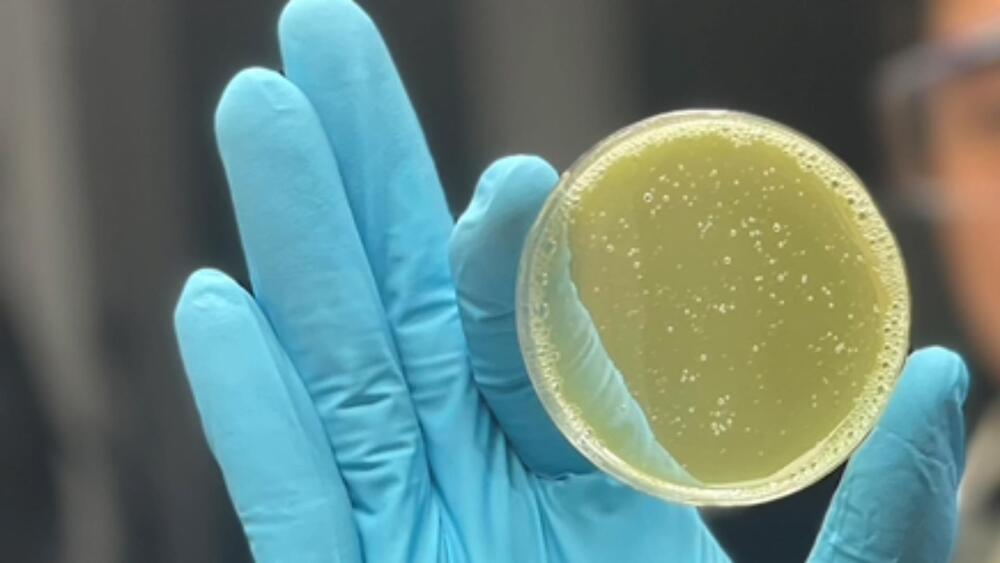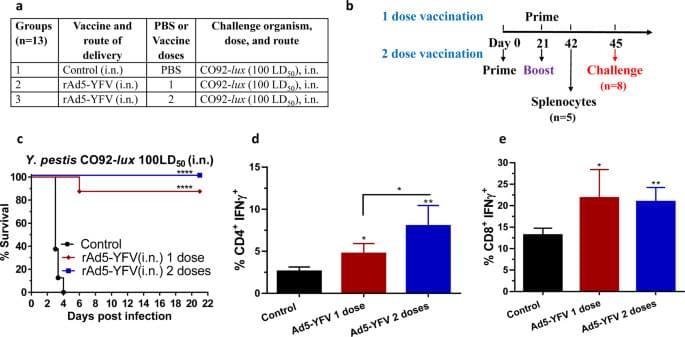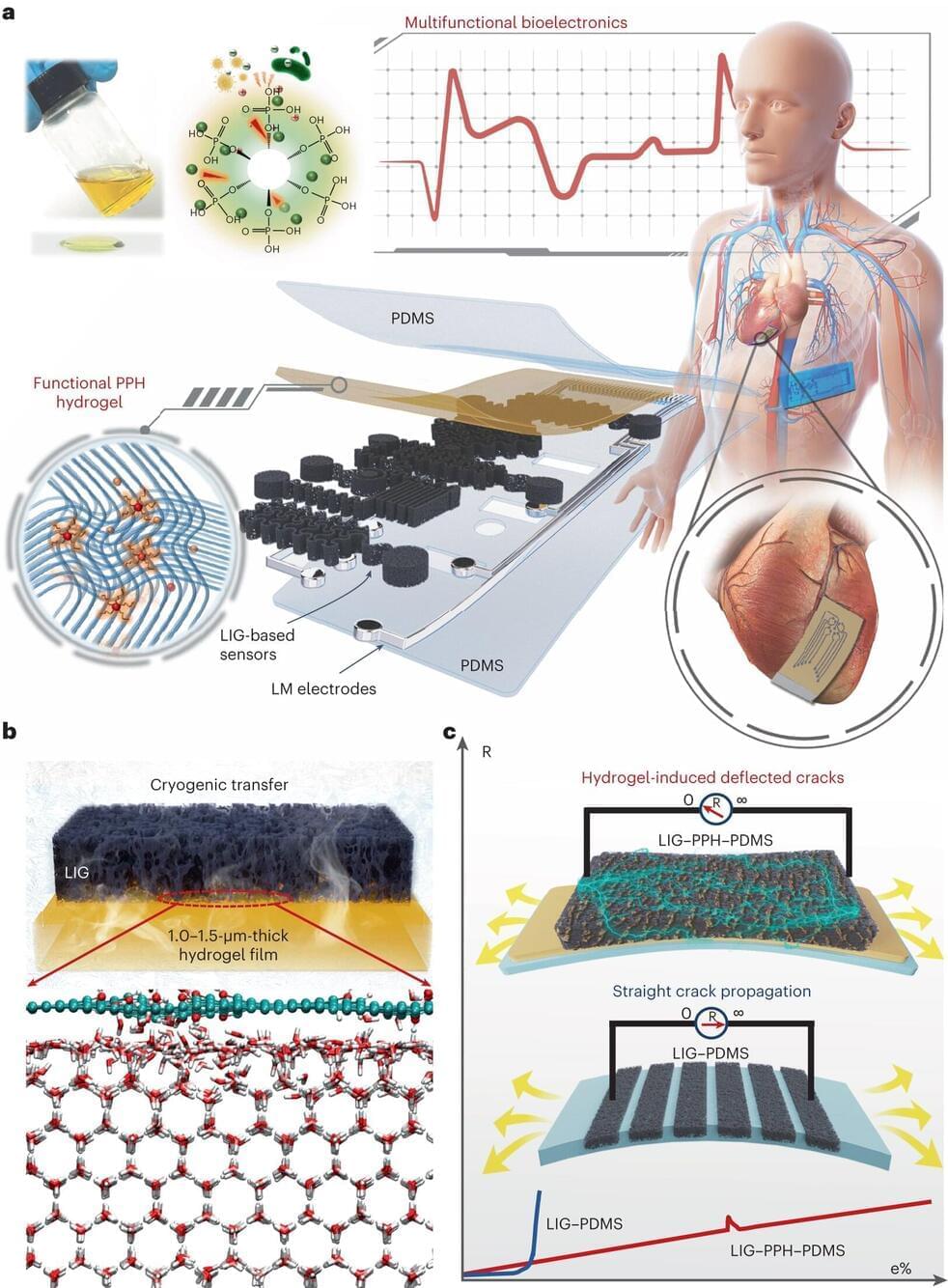Jan 21, 2024
Quantum physicist uses graphene ribbons to build nanoscale power plants
Posted by Dan Breeden in categories: computing, encryption, nanotechnology, quantum physics
When Mickael Perrin started out on his scientific career 12 years ago, he had no way of knowing he was conducting research in an area that would be attracting wide public interest only a few years later: Quantum electronics. “At the time, physicists were just starting to talk about the potential of quantum technologies and quantum computers,” he recalls.
“Today there are dozens of start-ups in this area, and governments and companies are investing billions in developing the technology further. We are now seeing the first applications in computer science, cryptography, communications and sensors.” Perrin’s research is opening up another field of application: Electricity production using quantum effects with almost zero energy loss. To achieve this, the 36-year-old scientist combines two usually separate disciplines of physics: thermodynamics and quantum mechanics.
In the past year, the quality of Perrin’s research and its potential for future applications has brought him two awards. He received not only one of the ERC Starting Grants that are so highly sought-after by young researchers, but also an Eccellenza Professorial Fellowship of the Swiss National Science Foundation (SNS)F. He now leads a research group of nine at Empa as well as being an Assistant Professor of Quantum Electronics at ETH Zurich.

